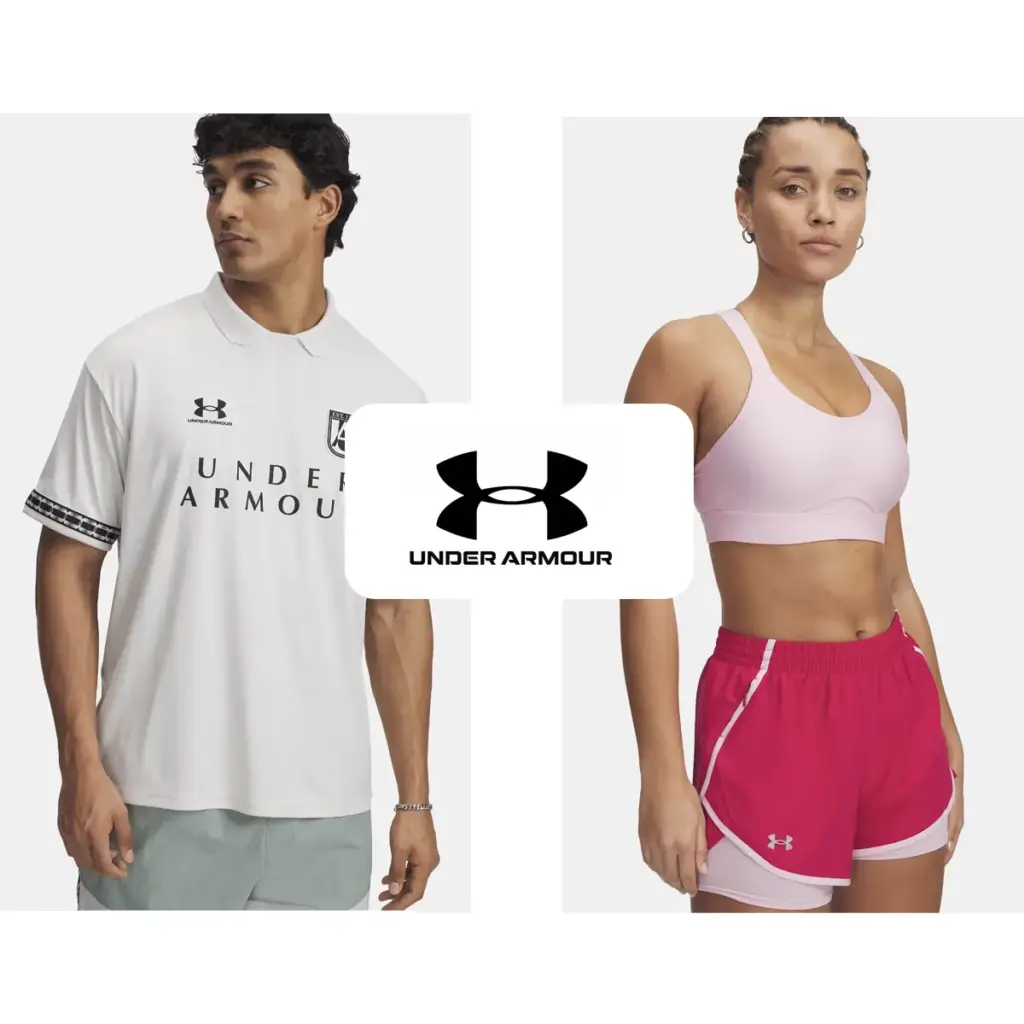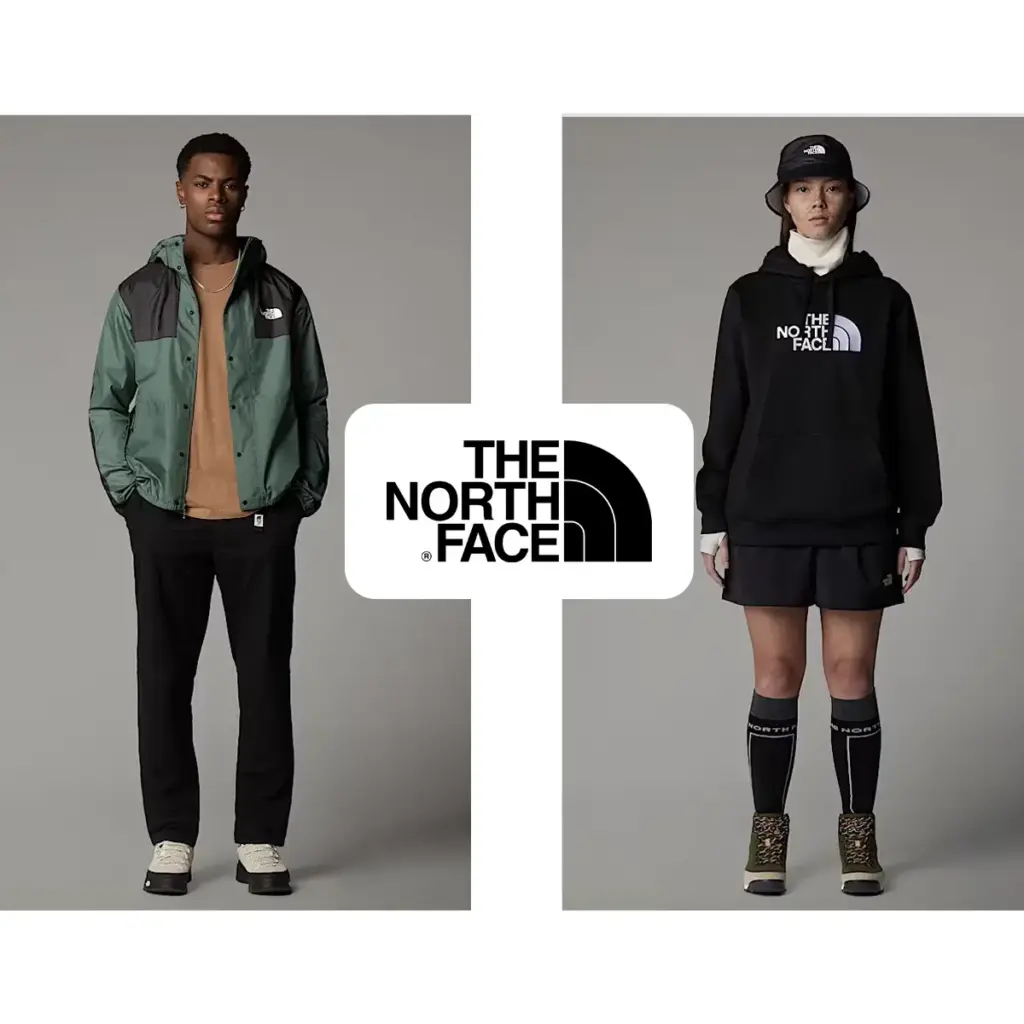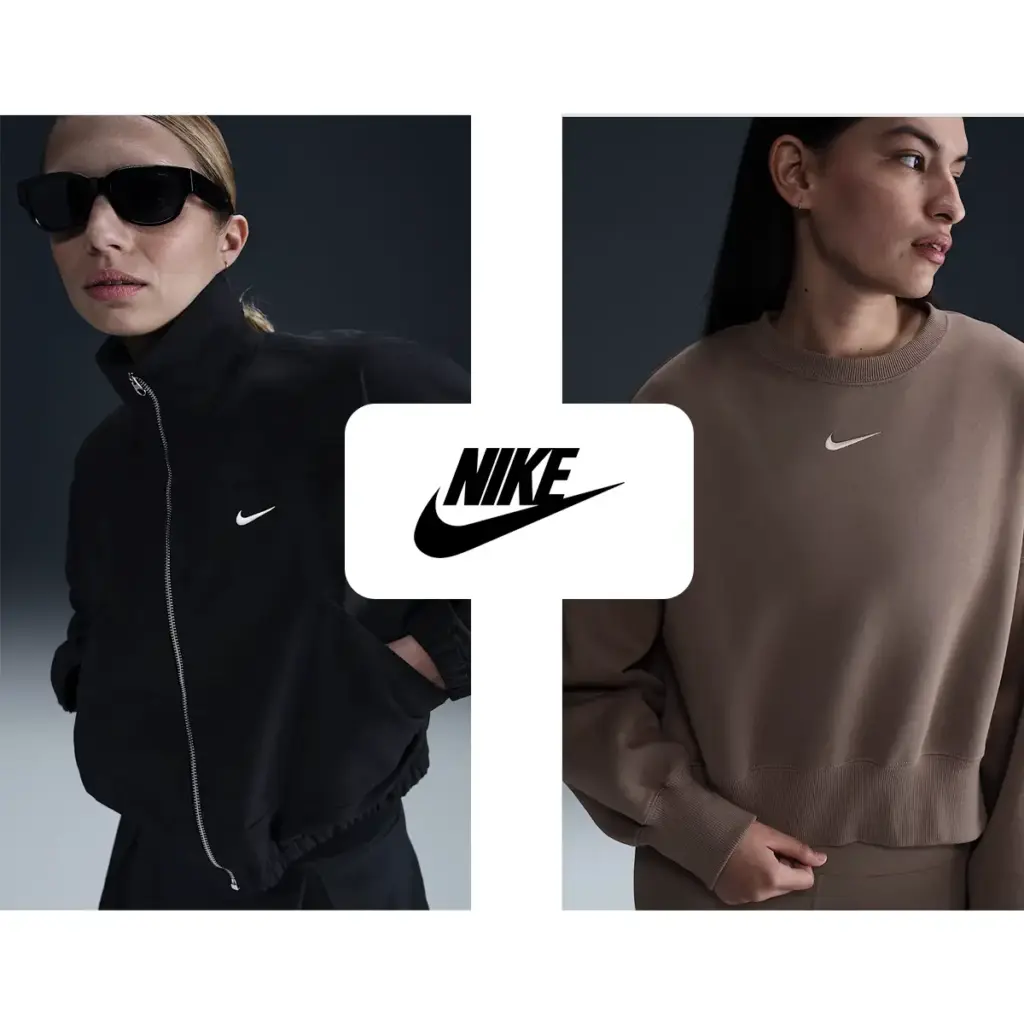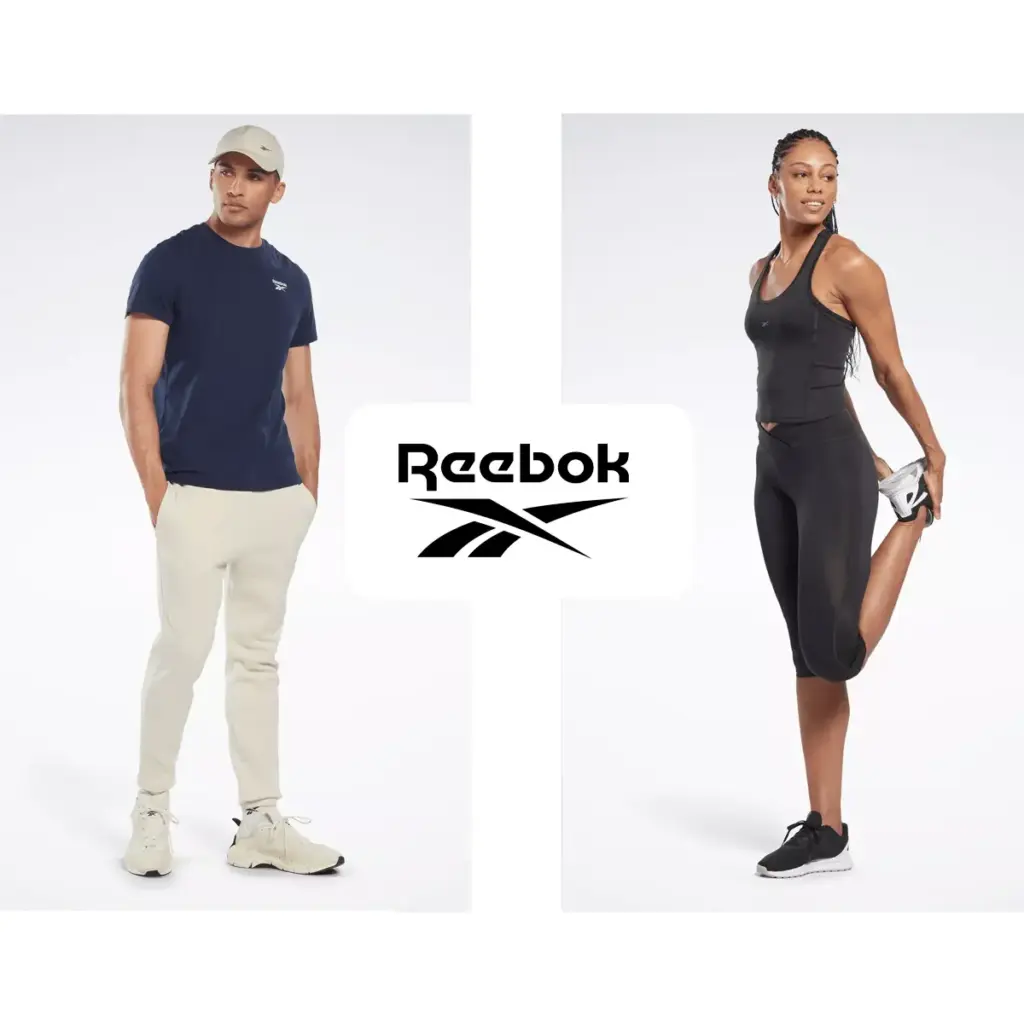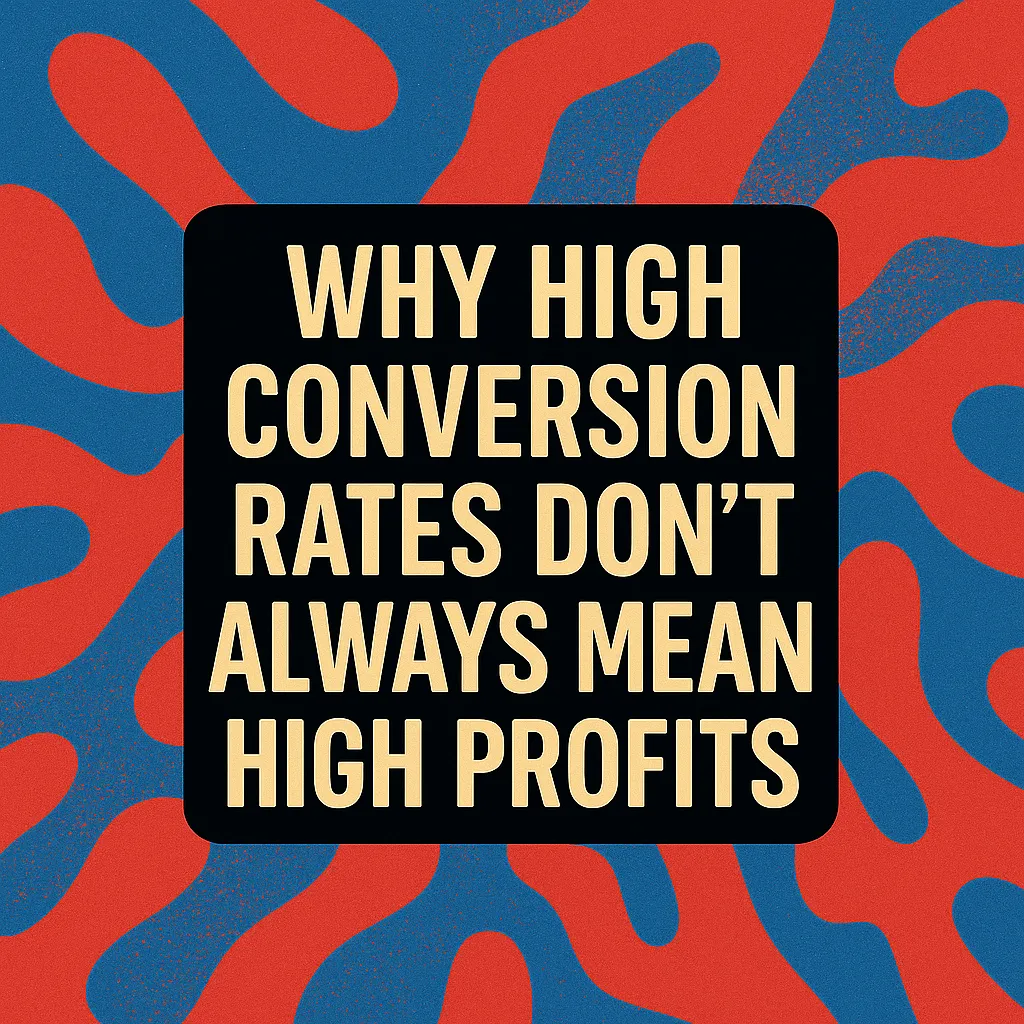Eyefitu Alternatives
Choosing the right clothing size and fit solution is critical for fashion online retailers to reduce return rates, because not all the tools will reduce refunds. Also, business requirements are different: if you think about single brand start-up trading in a single country vs. multi brand retailer trading in different geographies, with physical stores, well established loyalty program, ERP system and so on. In this article we will overview EyeFitU alternatives by business size to help you in your decision making process.
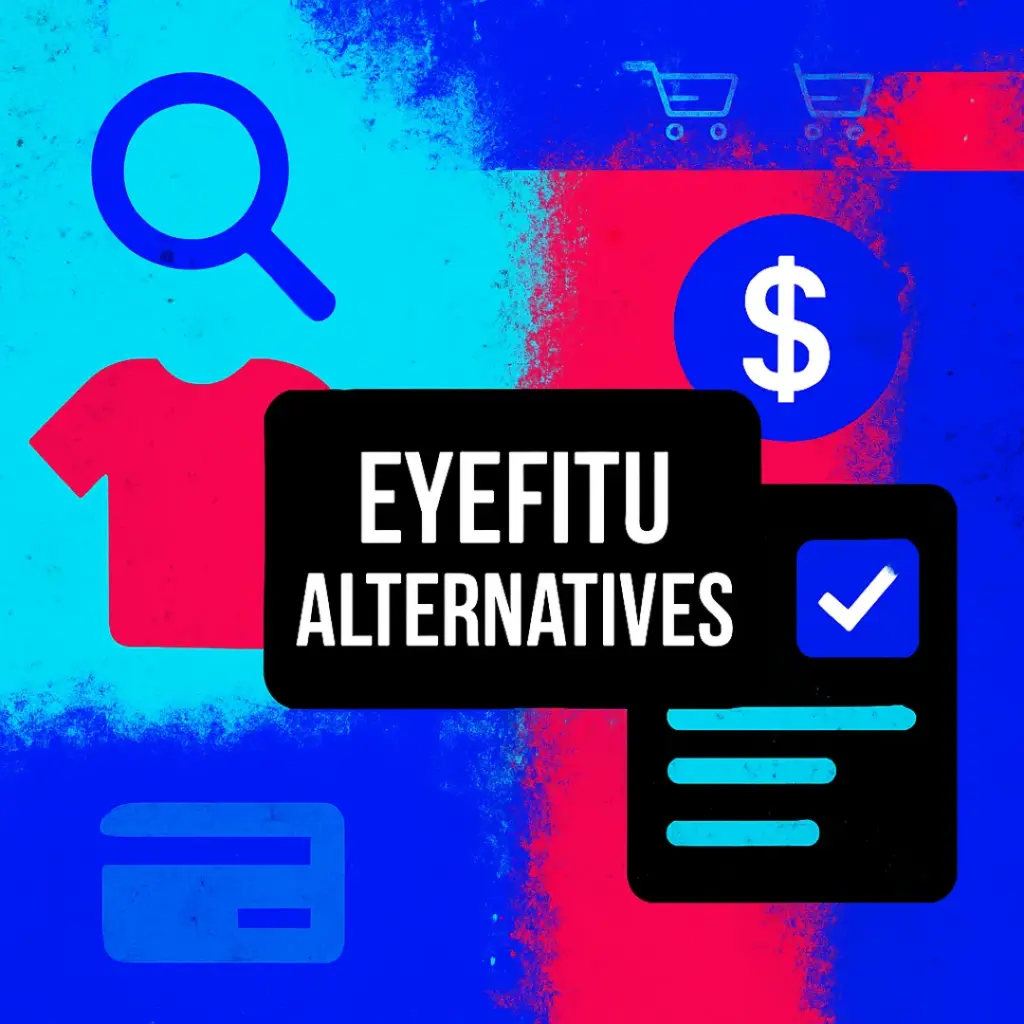
EyeFitU is positioned as cost-friendly for businesses of all sizes, with transparent usage-based pricing that scales as you grow. EyeFitU’s integration is low-complexity, which is great for a small team. There are even simpler quiz-based tools, such as EasySize (starting around $20/month) that also cater to SMBs. EasySize lets shoppers answer a few questions with a low cost of entry, though they may not be as precise in accuracy as EyeFitU or Prime AI.
Smaller online apparel sellers typically have limited budgets and tech resources, so they need a solution that is affordable, easy to integrate, and effective without large data requirements. For these merchants, Prime AI’s FREE Size Finder Lite App on Shopify App Store is extremely attractive. It provides an advanced AI sizing tool at no cost, with a simple Shopify plugin install. SMBs can quickly deploy it and immediately offer a professional size guide alternative, leveling the playing field with bigger brands.
Bold Metrics and 3DLOOK, on the other hand, might be beyond the reach of most small retailers, they often require higher fees and more setup (Bold’s enterprise focus means it’s usually justified for larger volume stores, and 3DLOOK’s scanning is likely too involved unless an SMB specializes in, say, custom tailored clothing where that precision is essential). True Fit’s new Shopify SMB offering (around $249/month) is within reach of some mid-sized Shopify stores, but micro-retailers would likely opt for the free or cheaper alternatives first. Ultimately, SMBs should weigh the trade off between cost and sophistication: Prime AI and EyeFitU stand out by offering sophisticated AI accuracy in a very SMB-friendly package (free or pay-per-use), whereas traditional enterprise solutions might be overkill. Also, SMBs benefit from solutions that don’t require extensive historical data. Prime AI Lite App, for example, works well out-of-the-box with basic shopper inputs, whereas something like True Fit becomes more powerful if you have lots of past order data (which a small new store won’t have). In summary, Prime AI PRO (for when they scale up) and EyeFitU can grow with the business, providing flexibility and personal support which smaller clients often need.
EyeFitU alternatives for Small to Medium Retailers (SMBs)
EyeFitU alternatives for Large Fashion Brands
Large established brands (whether direct-to-consumer or selling via retailers) often prioritize accuracy, brand experience, and integration with their complex systems. They also have the budget to invest in top-tier solutions. For these players, True Fit is a popular choice, it’s essentially built for enterprise, leveraging vast data to give recommendations at scale, however with questionable accuracy. Large brands appreciate that True Fit can integrate with big e-commerce platforms. Bold Metrics is another solution for large brands, especially those that want to harness body data for broader business insights, but technology feels outdated and behind others. Bold Metrics and True Fit both offer enterprise support, and analytics that large companies demand. Their pricing is higher, but EyeFitU should not be counted out for large brands either. Large brands might pilot EyeFitU for its rapid deployment, and learn about its performance, all while enjoying a more flexible pricing model than offered by earlier mentioned competitors. Prime AI Size Finder PRO is a rising star for large brands who want cutting edge AI with a lot of customization, for instance, luxury occasionwear brands could integrate Prime AI into a holistic virtual fitting room (as Goddiva did with Zyler and Prime AI) to give a high-end, high-tech shopping experience.
Prime AI’s team is willing to tailor the solution deeply, which big brands with strong brand identities will appreciate (you can ensure the look/feel matches your brand, and the recommendations align with their fit philosophy). Additionally, Prime AI’s extensive language support is a must-have for global brands operating in many regions. Prime AI can deploy one solution worldwide.
3DLOOK may be of interest to large brands particularly focused on experiential retail or categories like intimate apparel, where people have time and are willing to spend time on a long winded picture taking to get visual try on. Large brands, however, will consider that asking customers to photograph themselves might reduce usage-rate; hence, they may offer 3DLOOK as a nice to have service while still having an easier recommender (like True Fit or Prime AI) for the masses.
In conclusion, large fashion brands often adopt a multi-pronged approach: they might use True Fit or Prime AI for general size recommendations to everyone, and layer niche tech like 3DLOOK for customers who desire that extra level of engagement. Prime AI’s ability to adapt to brand-specific sizing nuances and provide robust analytics makes it a strong competitor against others in this space. The key for large brands is vendor reliability and impact solutions like True Fit, Bold Metrics, EyeFitU, and Prime AI have all demonstrated ROI in large-scale deployments, so the decision may come down to which aligns best with the brand’s internal systems and customer experience vision.
EyeFitU Alternatives for Online Marketplaces
Online marketplaces (selling many brands, like ASOS, Zalando, or department-store sites) face unique challenges, they have to provide sizing help across diverse brands and sizing standards. A solution that can unify this experience is crucial. True Fit feels like it is made for marketplaces: its database covers hundreds of millions of anonymized shopper records and thousands of brands, which means a marketplace can leverage existing data to recommend, say, a Nike size 10 for a user based on their past purchase of Adidas size 10, etc. However True Fit’s accuracy is questionable. It definitely reduces cold-start problem when a marketplace adds new labels (likely True Fit already has some info on them). Also, True Fit’s user profile follows the user across brands if a shopper created an account with True Fit and another retailer also uses True Fit.
Prime AI is an excellent alternative for marketplaces that want more control or a more modern, predictive AI approach. Prime AI can be calibrated brand by brand and even Product ID, essentially housing each brand’s sizing rules in one engine and then matching the shopper’s body profile to whichever brand they’re browsing. Prime AI performance in the Zyler partnership shows that Prime AI can handle complex scenarios and integrate with other tech. A marketplace could use Prime AI for size recs and even feed that data into a virtual try-on or other personalization engines. Additionally, Prime AI’s multi-language capability is crucial for marketplaces operating in multiple countries, one integration serves all locales, offering a consistent experience (EyeFitU similarly supports various languages as it’s used globally). Fit consistency and customer trust are key for marketplaces that Prime AI delivers.
EyeFitU itself could also serve a marketplace, it’s platform-agnostic and designed to support large catalogs, and it’s already used by multi-brand retailers. EyeFitU’s approach of “Size-as-a-Service” with a cost per user might align with some marketplace model. Solutions like True Fit or Prime AI that leverage broad data or robust AI to ensure cross-brand accuracy are very valuable. Bold Metrics is slightly less directly suited to marketplaces, because it typically requires each end-customer to input info for each brand’s context; however, a marketplace could use Bold’s approach behind the scenes to standardize sizing (some marketplaces create a “universal size” mapping. Bold’s body data could help map a user to a universal body profile and then to individual brand sizes).
3DLOOK on a marketplace is an interesting thought for a marketplace who wishes to offer a centralized scanning tool (perhaps as a value-add membership feature), and then apply those measurements to all clothing on the site. While that sounds incredibly interesting, imagine scanning yourself once and getting size recs across thousands of brands, the coordination and asset creation across so many brands could be challenging.
In summary, marketplaces benefit most from solutions that normalize fit across brands: True Fit is a common choice there, and Prime AI is emerging as a flexible, partnership-friendly option, since it can integrate into other systems and has been used in a multi-brand context. EyeFitU’s per-use pricing also can be attractive if the marketplace wants to trial a solution in A/B tests to see if it yields higher conversion and lower returns platform-wide. The ability to handle many brands’ data, provide a smooth UX to a broad user base, and scale to millions of sessions per day are crucial. Prime AI Size Finder Pro and True Fit both tick these boxes, with EyeFitU close behind.
Conclusion & Key Takeaways
All these sizing solutions aim at the same goal, making it easier for customers to find clothes that fit, thereby increasing sales and reducing costly returns, but they go about it differently. EyeFitU is an excellent all-round reference, offering balanced accuracy with ease of adoption. Prime AI Size Finder PRO, has surged as a leading alternative by combining top-tier accuracy with flexibility and user-friendliness, making it suitable for a wide range of retailers.
An SMB might start with Prime AI Lite or EyeFitU for quick wins, a large brand will implement Prime AI Pro for enterprise integration, and a marketplace might mix and match solutions to achieve the optimal cross-brand fit experience. The good news is that in 2025, the technology has matured, solutions like Prime AI have proven that size and fit problems can be solved to the benefit of both retailers (higher conversion, fewer returns) and customers (happier, more confident shopping).
The tool delivers a quick win. Prime AI notes that even the plug-and-play Lite version yields instant improvements. For example, an average +3% conversion rate increase from day one of usage has been observed for Shopify stores using Size Finder Lite.
Because Size Finder doesn’t require altering product pricing or inventory, there’s little risk in trying it. The Lite version is free to test (and free forever for basic use), so merchants can experiment without financial risk. If results hold (e.g. higher AOV, improved conversion), the upside is significant; if not, the retailer can remove the tool easily. There’s no risk of alienating customers (the way an ill-timed promotion might) in fact, the only customer-facing change is a helpful sizing assistant, which enhances UX. Shoppers who use it tend to be happier (as seen in reviews) and more likely to buy again due to successful fit. Thus, the Size Finder is a low-risk, high-reward initiative. Quick to deploy, easy to roll back, but capable of materially boosting sales and profits.

